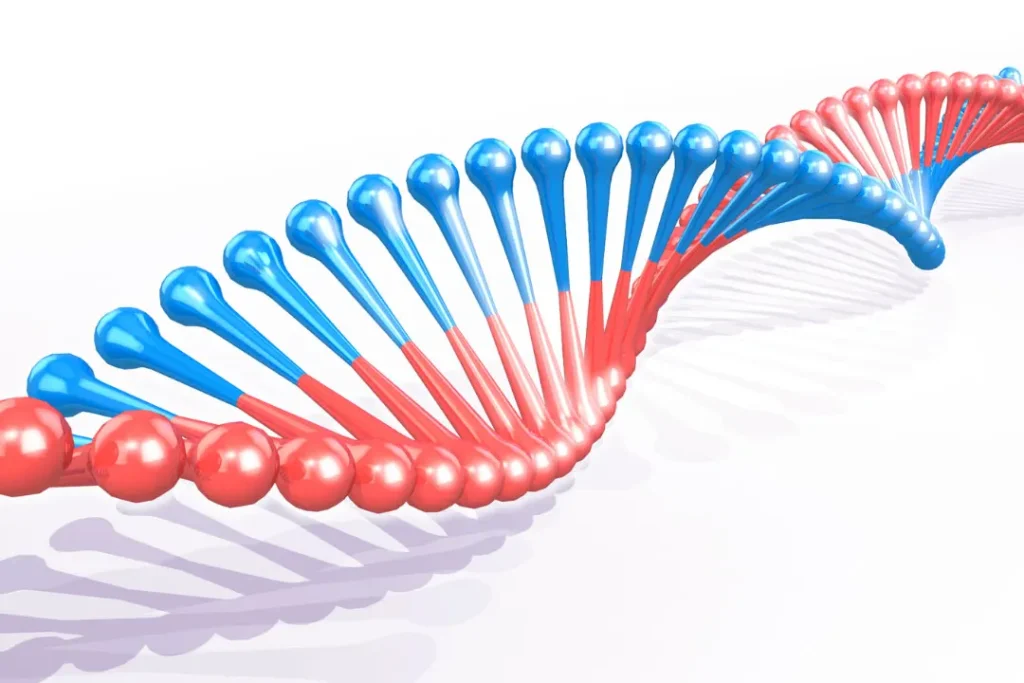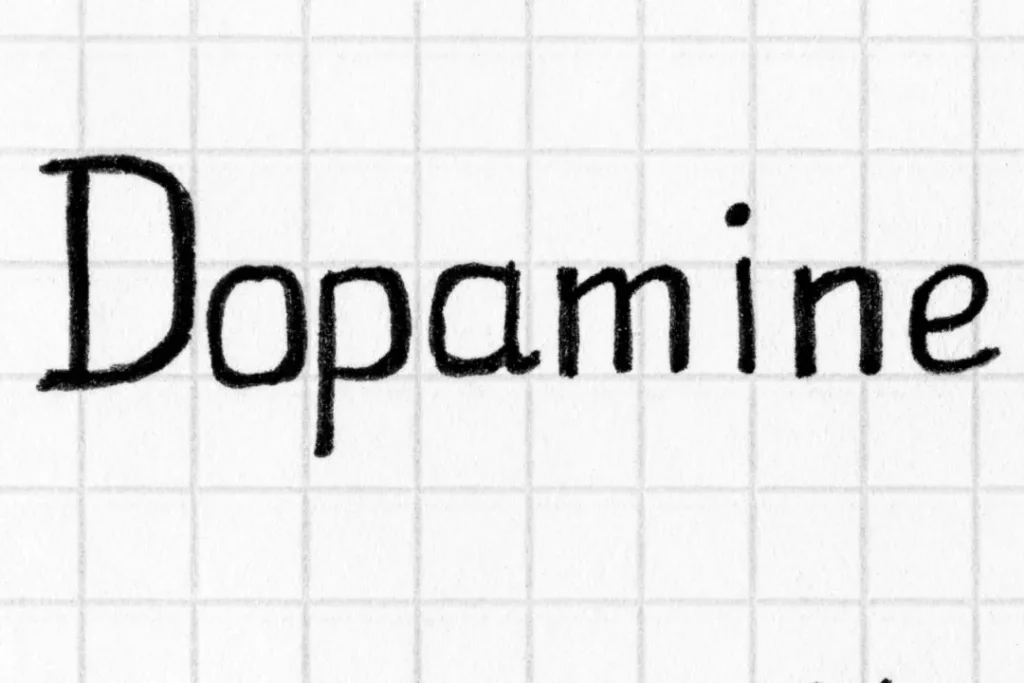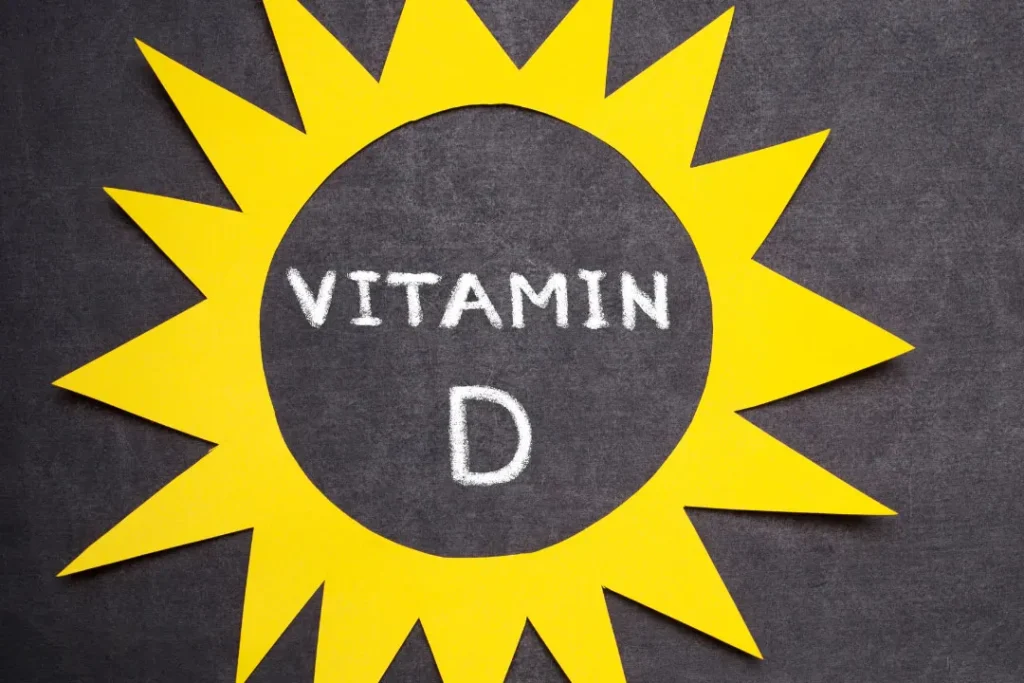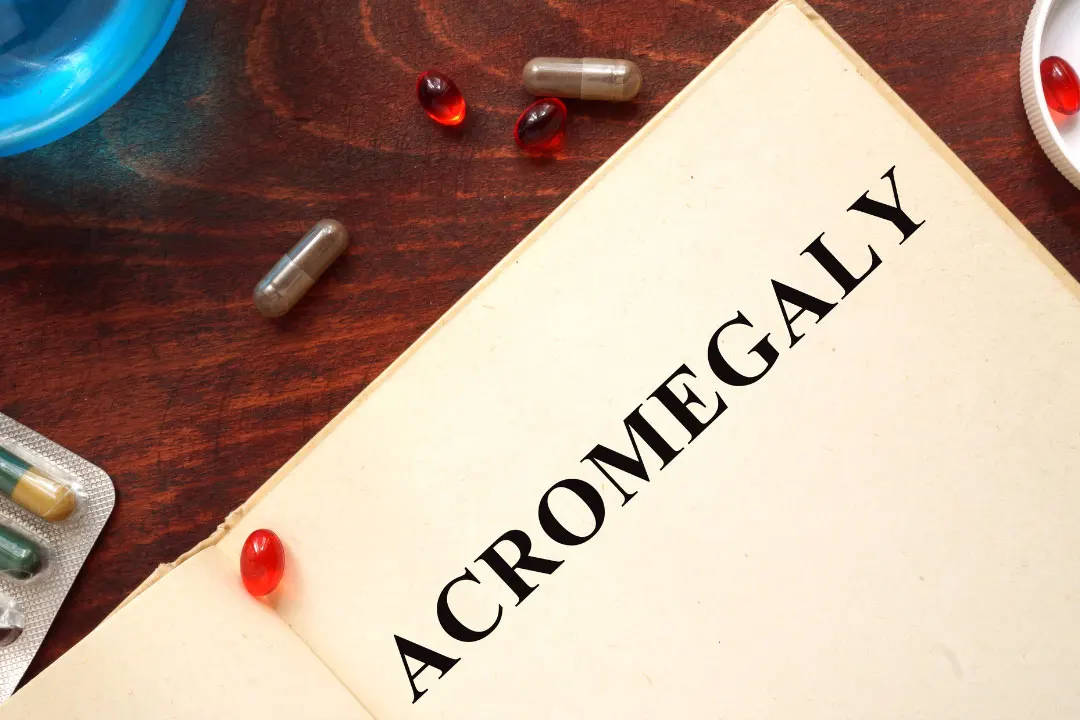Description
Acromegaly represents a chronic illness that frequently manifests slowly and subtly, making early diagnosis difficult. The main sign of acromegaly involves the gradual expansion of bodily tissues brought on by excessive GH secretion and subsequently increased IGF-1 levels. Physical changes like altered facial features, enlarged hands and feet, swollen soft tissues, and painful joints are the physical symptoms of acromegaly. Additional symptoms that patients may suffer from include headaches, visual troubles, exhaustion, and cardiovascular problems.
You May Also Like:
5 Great Reasons to Try Herbs for Digestion
The Best Herbal Supplements for Focus: 5 Top Brands Reviewed
Acromegaly: Description, Causes, And Treatment Protocol is an original (HealthXWire) article.
Possible Causes
Growth hormone (GH) overproduction in adulthood is the main contributor to acromegaly. The following are some potential root causes and acromegaly-related risk factors:
Genetic Factors: Even though the majority of acromegaly cases are sporadic, there is an increased likelihood of pituitary adenomas in people with specific genetic abnormalities and familial diseases. In familial occurrences of acromegaly, mutations in genes like the MEN1 alongside AIP (aryl hydrocarbon receptor-interacting protein) genes are prominent.
Pituitary Adenoma: Acromegaly is most frequently caused by a pituitary adenoma, an innocuous growth of the pituitary gland. The acromegaly-specific signs and symptoms are brought on by these tumors’ high GH secretion. Infrequently, genetic disorders like the carney complex or multiple endocrine neoplasia type 1 (MEN1) can trigger pituitary adenomas, which are sporadic tumors.
Somatotroph Hyperplasia: Somatotroph hyperplasia, a disorder caused by excessive multiplication of somatotroph cells, i.e., GH-producing cells within the pituitary gland, might infrequently be the root cause behind acromegaly. This can result in an excess of GH synthesis and the eventual onset of acromegaly.
Hypothalamic Tumors: The balance of GH secretion may be upset by tumors within the hypothalamus or adjacent organs, which can hasten the onset of acromegaly. Growth hormone-releasing hormone (GHRH) might be stimulated by these tumors, resulting in an overabundance of GH secretion.
Exogenous GH: Acromegaly can very rarely result from the extended, high-dose injection of exogenous growth hormones for medical reasons, like the therapy for a lack of growth hormones or degenerative diseases. This unusual iatrogenic acromegaly is frequently attributed to incorrect GH usage.
Ectopic GH Secretion: Rarely, tumors that are not pituitary-related, like lung or pancreatic neuroendocrine cancers, can produce and secrete growth hormone (GH) along with GH-releasing hormones, which cause acromegaly. This is also known as ectopic GH secretion.

Exacerbating and Mitigating Factors:
Pituitary Tumor Dimension and Position: Higher levels of symptoms alongside hormone hyper-secretion are linked to larger pituitary tumors or macroadenomas. Certain pituitary gland tumors can additionally interfere with hormone regulation and make the signs of acromegaly worse.
Obesity: Obesity and excess weight can worsen the effects of acromegaly and cause metabolic side effects like cardiovascular disease and insulin resistance.
Age: Age-related symptoms of amyotrophic lateral sclerosis can frequently worsen over time. A longer illness course and a heavier burden of GH surplus in older people can cause more serious symptoms and consequences.
Gender: Males are somewhat more prone to acromegaly than females. The presentation and development of the disease can be influenced by gender differences.
Genetic Predisposition: The likelihood of developing acromegaly can be increased by particular genetic and familial factors. Genetic mutations can occasionally result in the growth of pituitary adenomas, which elevate GH levels.
Mitigating factors of acromegaly:
Surgery: Surgery to completely or partially remove the pituitary adenoma can significantly decrease GH along with IGF-1 levels and alleviate symptoms. Many people who undergo a successful surgery experience hormonal remission.
Early Detection and Treatment: Acromegaly and its related consequences can progress more slowly if a timely diagnosis and adequate treatment are started. To stop permanent alterations in bodily tissues, early intervention is essential.
Medical Therapy: Medication that inhibits GH secretion and lowers IGF-1 levels includes somatostatin analogy, growth hormone receptor antagonists, and dopamine agonists. Medical treatment can help manage symptoms, stop the spread of an illness, and enhance your standard way of life.
Radiation Therapy: Radiation therapy can be utilized to target and reduce pituitary adenoma in situations where surgery and medication treatment are insufficient or inappropriate. It can give long-term management of the condition by gradually lowering GH and IGF-1 concentrations.

Standard Treatment Protocols
The following are frequently included in the conventional acromegaly treatment protocols:
Surgery: The main method of treating acromegaly is transsphenoidal surgery. The pituitary adenoma that is causing excessive GH production must be removed or de-bulked. The target is either a full tumor excision or a tumor size reduction. In a many patients, a successful operation can result in hormonal remission.
Medical Therapy:
- Somatostatin Analogues (SSAs)
Some people frequently take medications like lanreotide and octreotide when it comes to first-line medical treatments,. They function by attaching to the receptors for somatostatin embedded in the pituitary adenoma, which inhibits the release of GH and lowers IGF-1 levels. Monthly administration is possible with long-acting formulations.
- Growth Hormone (GH) Receptor Antagonist
The side effects of GH are countered by the GH receptor antagonist pegvisomant. It serves as second-line treatment or in patients who respond insufficiently to SSAs. IGF-1 levels must be checked frequently when using pegvisomant, which is given through a subcutaneous injection.
- Dopamine Agonists
As an additional treatment for acromegaly, cabergoline, and bromocriptine, which are usually used to treat prolactinomas, may be applied. They prevent the release of GH, and while GH and IGF-1 concentrations are only slightly increased, they can be very helpful.
- Other Medications
Alternative treatments may be used in some circumstances. Combining cabergoline with SSAs demonstrates some promise. When existing treatments do not work or are not well tolerated, somatostatin analog pasireotide, which targets several receptors, can be used.
Radiation Therapy: If surgery and medicinal treatment fail or are not appropriate, radiation therapy can be an option. Patients with chronic or relapsing diseases are usually the only ones who can benefit from it. With the development of efficient medical treatments, the use of radiation therapy has declined because it may require several years to get the desired results.

Treatment Options
Nutritional Supplements: The following nutritional supplements might prove helpful for people with acromegaly:
- Antioxidant Vitamins
Vitamins that fight oxidative stress, which can be raised in people with acromegaly, include vitamin E, vitamin C, and beta-carotene. Although these vitamins can be found in many different vegetables, fruits, and whole grains, if dietary consumption is insufficient, supplements can be explored.
- Vitamin D
Patients with acromegaly are more likely to experience vitamin D insufficiency due to poor bone metabolism and decreased sun exposure. To support bone development and calcium absorption, vitamin D supplementation can assist in maintaining adequate levels of this crucial nutrient.
- Calcium
The risk of osteoporosis is higher in those with acromegaly, and bone density loss can occur. Bone density can be maintained and bone loss can be avoided using calcium supplements and a diet high in calcium-rich foods.
- Zinc
The element zinc is crucial for the control of hormones and development. The proper support of growth and metabolism can be provided by taking zinc supplements.
- Omega-3 Fatty Acids
Walnuts, flaxseeds, and fatty fish including mackerel, salmon, and sardines are sources of omega-3 fatty acids, which are also known to possess anti-inflammatory effects and improve cardiovascular health. Omega-3 fatty acid dietary additions or fish oil supplementation can be helpful for acromegaly sufferers.
Physical Therapy and Exercise: Joint soreness and stiffness are two musculoskeletal symptoms of acromegaly that can be managed with regular exercise along with physical therapy. Additionally, exercise can support overall health and it aids in maintaining a healthy weight.
Herbal Remedies: The following herbal remedies have been mentioned as viable supplemental treatments for acromegaly:
- Ashwagandha
Ayurvedic traditional medicine frequently uses the plant ashwagandha, sometimes referred to as withania somnifera. Studies have been done on it to see if it has any antioxidant, anti-inflammatory, and immunomodulatory properties. In addition to alleviating acromegaly symptoms, ashwagandha can also assist in regulating hormone levels.
- Ginseng
The adaptogenic benefits of ginseng and its possible anti-inflammatory effects make it a popular herbal treatment. The effects of ginseng have been linked to improved acromegaly symptoms, decreased oxidative stress, and hormone regulation.
- Turmeric
The antioxidant and anti-inflammatory benefits of turmeric are due to a substance called curcumin. Its potential advantages in treating a range of medical issues have been researched.
- Green Tea
Catechins, an antioxidant found in green tea that has been linked to numerous health advantages, are abundant in this beverage. According to research, pituitary adenomas can be prevented from growing by green tea extracts, which can possess anti-tumor characteristics.
Psychological Support: It might be difficult to live with a chronic illness like acromegaly. If you suffer from acromegaly and need psychological care, you might benefit from therapy or support groups to help you deal with the psychological and emotional consequences of your illnesses.

Conclusion
If you have acromegaly, you should collaborate closely with a skilled endocrinologist or an interdisciplinary group of medical experts to create a thorough treatment strategy catered to your unique medical requirements. To gauge your therapy response and change any medications as necessary, regular hormone level screening and frequent imaging examinations are crucial.
Additional resources for further reference
https://www.mayoclinic.org/diseases-conditions/acromegaly/symptoms-causes/syc-20351222
https://www.niddk.nih.gov/health-information/endocrine-diseases/acromegaly
https://rarediseases.org/rare-diseases/acromegaly/
Important Note: The information contained in this article is for general informational purposes only, and should not be construed as health or medical advice, nor is it intended to diagnose, prevent, treat, or cure any disease or health condition. Before embarking on any diet, fitness regimen, or program of nutritional supplementation, it is advisable to consult your healthcare professional in order to determine its safety and probable efficacy in terms of your individual state of health.
Regarding Nutritional Supplements Or Other Non-Prescription Health Products: If any nutritional supplements or other non-prescription health products are mentioned in the foregoing article, any claims or statements made about them have not been evaluated by the U.S. Food and Drug Administration, and such nutritional supplements or other health products are not intended to diagnose, treat, cure, or prevent any disease.
Table of Contents


